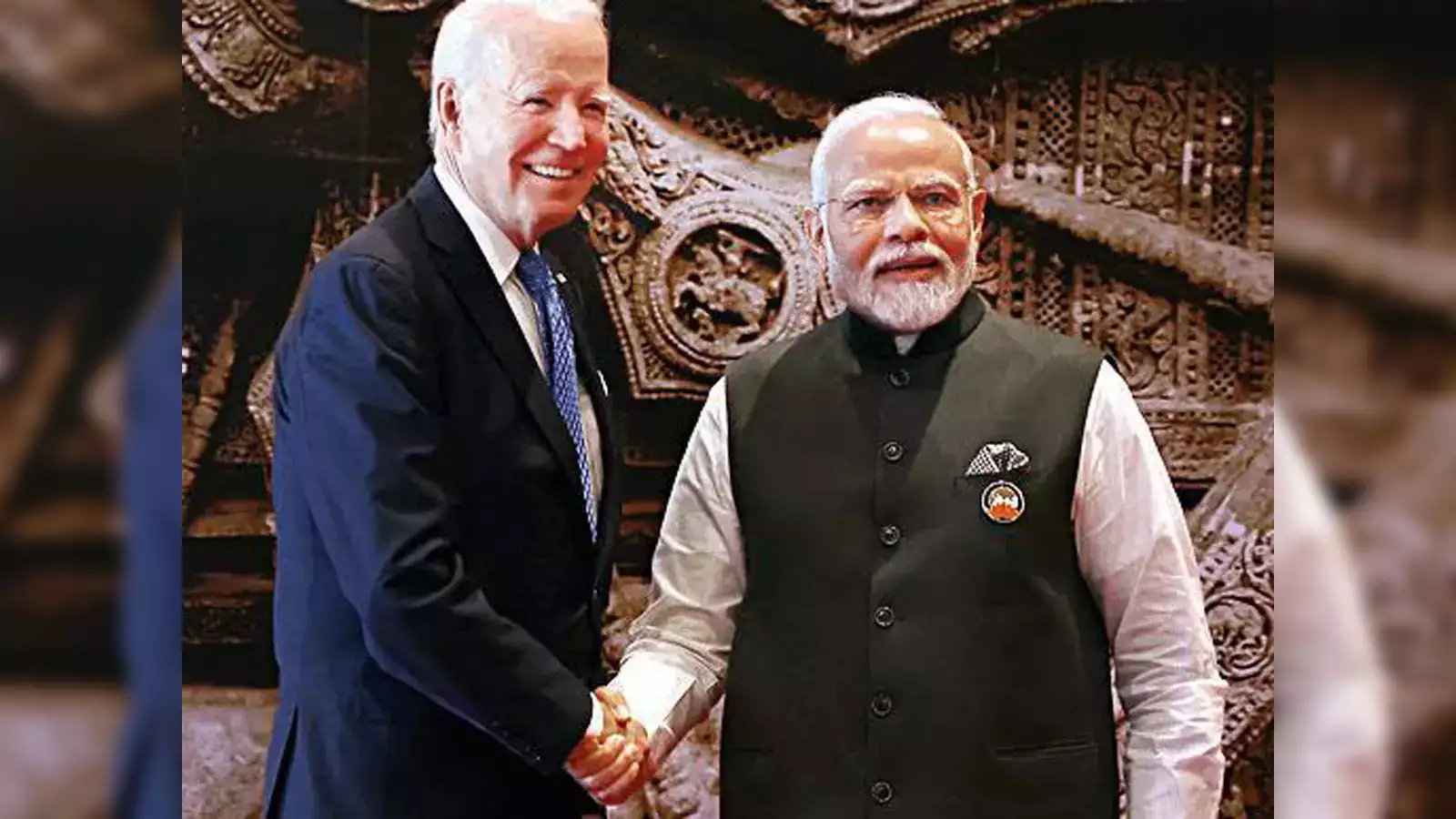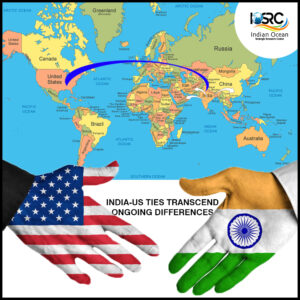
Synopsis
India explained why oil imports f rom Moscow are necessary to preserve global oil market stability, similarly Chabahar deal is also for regional stability which is valued by the US.
 A country cannot pick its borders or its neighbors’ restrictions or its topography. With 15,200 kilometers of land borders, India has twice as much coastline as land. 90% of India’s trade by volume and 70% of its trade by value are conducted by sea due to geographic and geopolitical factors. For India, consequently, maritime trade channels have been of great concern.
A country cannot pick its borders or its neighbors’ restrictions or its topography. With 15,200 kilometers of land borders, India has twice as much coastline as land. 90% of India’s trade by volume and 70% of its trade by value are conducted by sea due to geographic and geopolitical factors. For India, consequently, maritime trade channels have been of great concern.
Obstacles to land-based commerce and transportation have proven especially problematic when attempting to connect with Afghanistan, Central Asia, and eventually the Eurasian continent.
To try to get beyond these obstacles, India has backed multimodal transport corridors to the east and west of the country. Two instances of this tactic include investments in Iran’s Chabhar and Myanmar’s Sittwe Port. Sittwe is a component of the Kaladan multimodal project, and Chabahar was connected to the Afghan-built Zaranj Delaram highway.
A Middle East-Europe Corridor (IMEC) between India and the United States, United Arab Emirates, Saudi Arabia, and several European nations is also being developed.
The US withdrawal has altered the situation in Afghanistan and Central Asia, but India’s geographic realities have not changed. The deal between Indian Ports Global Ltd. (IPGL) and the Iranian Ports and Maritime Organization (PMO) must be viewed in this light.
But, the US issued a warning against doing business with Iran citing the possibility of penalties just hours after the Chabahar agreement was reached. There were rumors that the US-Indian relationship was strained after this comment.
It is important to consider these claims in the right context. The US-India relationship has significantly improved during the last ten years. Increasing strategic collaboration has been a defining feature of this transition, especially in defense. The $4 billion agreement to purchase MQ-9B armed drones, which was concluded in February, is only the most recent in a string of agreements that have seen defense trade surpass $20 billion since 2000, when it was essentially nonexistent.
The India-US Initiative on Critical and Emerging Technology (ICET), India’s ratification of the Artemis Accords in Outer Space, collaboration on semiconductors, combat aircraft engines, and safeguarding the security of sea lines of communication in the Indian Ocean are some significant developments in this relationship.
Additionally, both countries have presented a united face on international problems like counterterrorism and climate change. This connection has been further strengthened through high-level diplomatic encounters, making it one of the most significant partnerships of the twenty-first century.
The announcement of an ambitious strategy to establish India and the US as “trusted technology partners” is a gauge of how far India-US ties have come. The agreement formalizes a framework to get over export restrictions and regulatory obstacles, especially from the US side. The finalization of this accord is regarded as a critical turning point in the roughly 25-year-long rising trajectory of India-US ties.
It is only natural for two nations to disagree on specific matters. However, those days are over when the US and India would just talk over one another. In light of the current status of the relationship, when issues come up, the parties get together to talk about and resolve them.
For example, India was able to justify its decision to import oil from Moscow in order to preserve stability in the world’s oil markets, even in the face of opposition from Washington. The US was able to comprehend India’s stance because to this practical approach.
Similar to this, the US values regional stability and connectivity, which are also important in the Chabahar arrangement beyond only serving India’s interests.
India hopes to strengthen its connections with Afghanistan and Central Asia by investing in the development of the Chabahar Port. The International North-South Transport Corridor (INSTC), which has had difficulties as a result of the conflict in Ukraine, would thereafter gain from this.
India’s actions in 2015, when the P5+1 signed the Joint Comprehensive Plan of Action (JCPOA) with Iran, were similar to those of the US. The JCPOA and the Chabahar Port Agreement have different objectives, but they both aim to prevent Tehran from pursuing its nuclear program and allow Iran to join the world economy.
An In light of this, a more complex analysis of the circumstances is needed. India and the US approach international relations differently because of their very different histories.
Washington has engaged with allies based on treaties for many years. Conversely, New Delhi has historically maintained its independence by taking a non-aligned stance.
This difference in methodology emphasizes the necessity of a more in-depth comprehension of the underlying processes.
The US and India have decided that working together will benefit “the global good”. Thus, it is critical that the US recognises that India’s agreement with Iran is an attempt to increase connectivity in order to promote development. Furthermore, it is advantageous to the global community at large, consistent with Washington’s idea of a rules-based international order. New Delhi anticipates that the US’s past displays of adaptability and maturity in its interactions with India will continue to strengthen their relationship.
